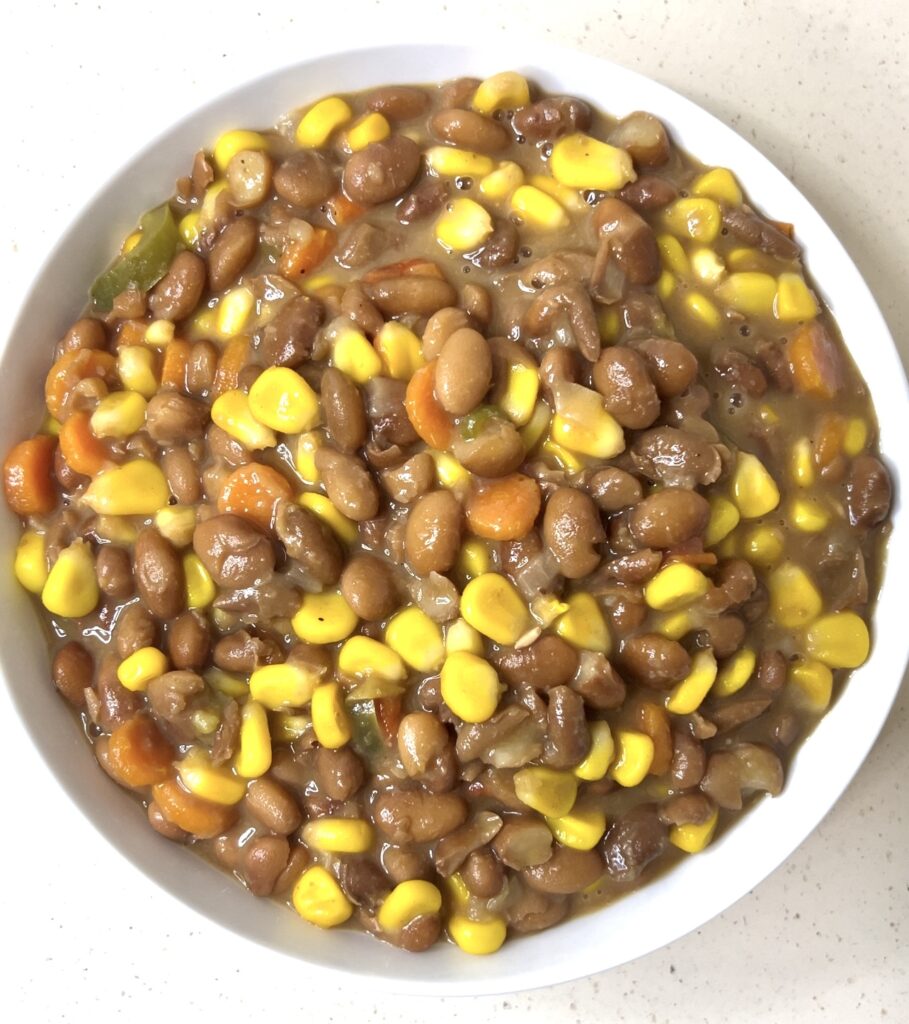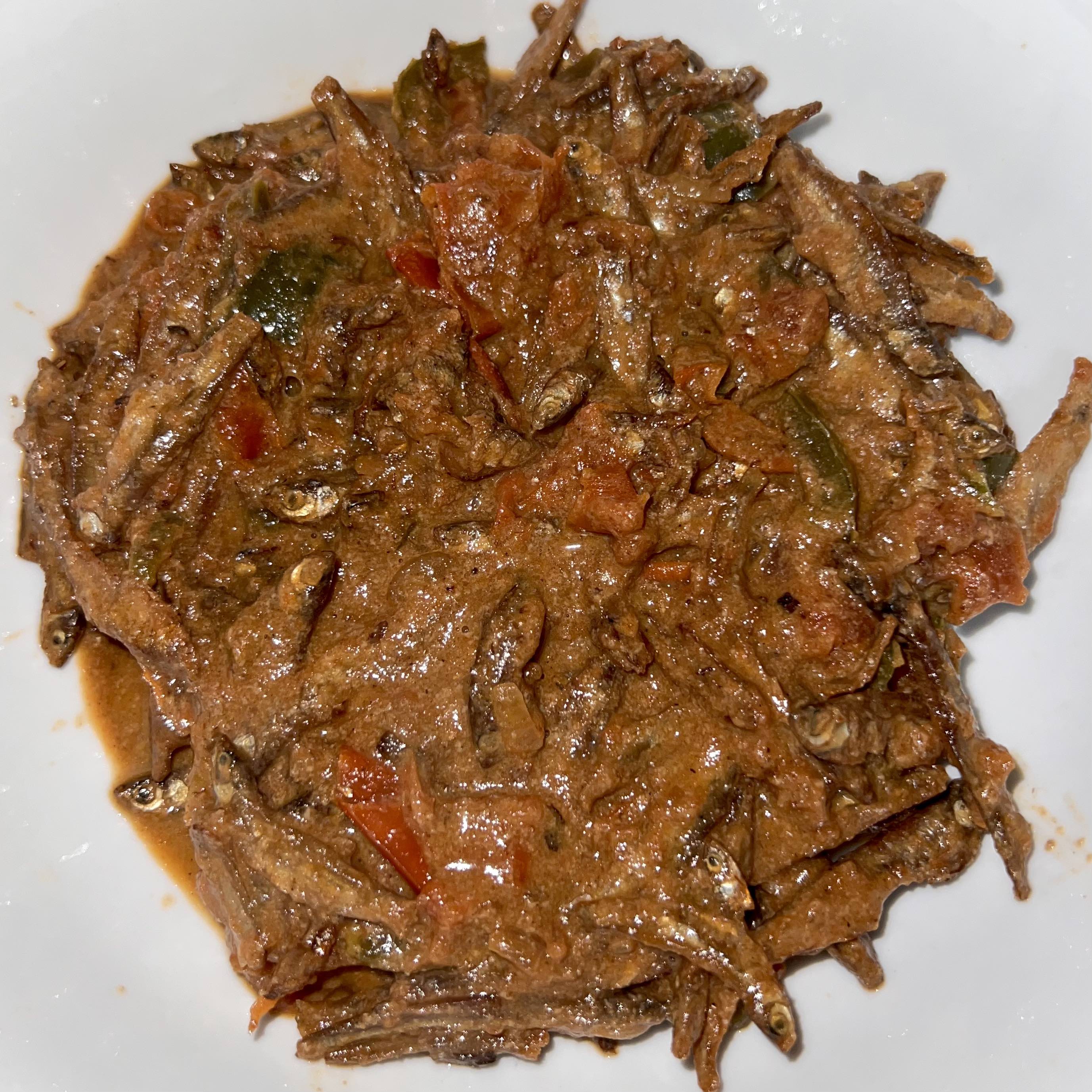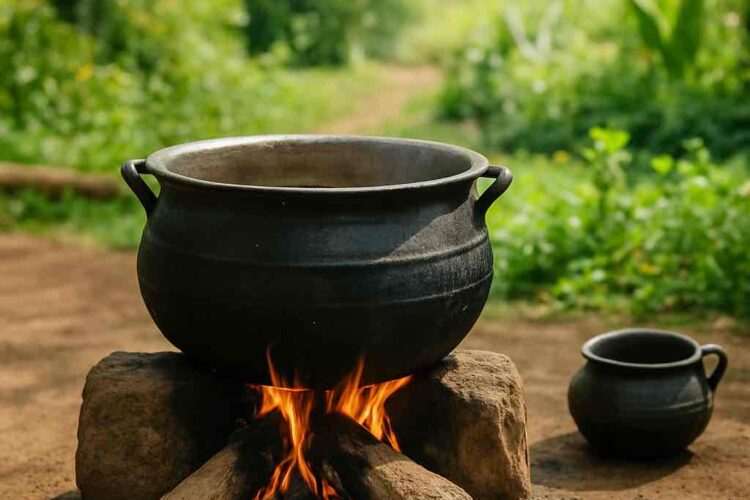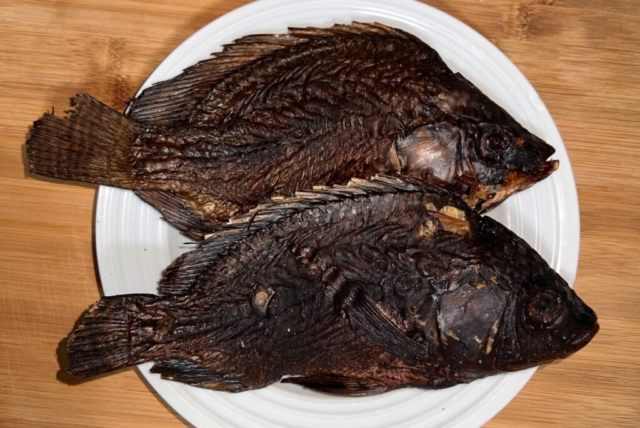This post may contain affiliate links, which means I may receive a commission from purchases made through the links.
Africa is a vast and diverse continent, home to thousands of cultures, languages, and cooking traditions. Long before anyone showed up with gas stoves or non-stick pans, African communities had their own rich and resourceful cooking methods, deeply tied to their environments, available resources, and communal lifestyles. Think simmering stews in clay pots over open fires, using banana leaves to wrap up food just right, or even cooking underground with hot stones. Traditional African cooking methods, beyond nourishment, are a reflection of heritage, ingenuity, and connection to the land. And even today, those good old methods still show up in kitchens across the continent, bringing bold flavors to tables and offering a window into the continent’s past.
The Suitability of Traditional African Cooking Methods
Traditional African cooking methods evolved to suit the specific kinds of foods that were (and still are) staples across the continent. Think of the tough but flavorful cuts of meat from free-range animals, or the hearty legumes and root vegetables that need patience and steady heat to reach their best texture and taste. For example, a dish like Kenya’s githeri, a mix of maize and beans, isn’t something you can just throw in a microwave and hope for the best. It needs time to soften, mingle, and take on flavor – something that a pot simmering for hours over a wood fire does beautifully. The same goes for matoke, the beloved banana dish from Uganda and western Kenya. Cook it fast and you get a bland, starchy mess. Slow-cook it the traditional way, and you unlock that deep, rich taste that brings back childhood memories.

And let’s not forget the vegetables. Those dark leafy greens like suga, mrenda, sukumawiki, and kunde. These aren’t your average salad greens. They have character, and sometimes a little bitterness or slipperiness that needs to be coaxed out the right way. That usually means cooking them in a certain kind of pot (often uncoated aluminum or clay), with just the right amount of ingredients and time. Many Kenyan grandmothers would agree: try making suga on a gas burner and they’ll tell you, with a smirk, that it’ll “taste like you cooked it in a hurry!” Well, that’s because you did!
African culture, generally speaking, is also an integral aspect in determining the suitability of these particular cooking methods across the continent. Across Africa, cooking is often a community affair. As such, communal and ceremonial cooking is a thing. Large events such as weddings, funerals, or festivals involve collective cooking. Huge pots simmering over open fires, then, make a lot of sense. Roles are divided, and a lot is done together. Cooking becomes like a ritual that bonds families and communities.
Are These Traditional African Cooking Methods Embraced by All?
Let’s start with grandmothers, for they are the custodians of these time-honored traditional recipes. Don’t get an African grandma started on electric stoves! Okay, there are some exceptions, I must note. But to most of them, cooking with gas or electricity is fine if you’re boiling water for tea. But for a proper traditional meal? “Huo ni mchezo!” (“That’s a joke!”) they’ll say. They’ll remind you how firewood imparts flavor; how the smoke, the slow simmering, the occasional stirring with a big wooden ladle all contribute to a depth you just can’t replicate on a modern stovetop. Try serving kienyeji (exotic breed) chicken cooked on a gas stove, and they might politely eat it, but you’ll hear about it later.
Younger folks often find themselves stuck between balancing busy lives and yearning for grandma’s flavors. Some try using pressure cookers to speed things up (with mixed results), while others go halfway: using charcoal jikos (stoves) instead of full-on firewood for those traditional dishes. But no matter what, there’s always that quiet truth: some dishes just taste better the old-school way. Your induction cooker won’t cut it.
Popular Traditional African Cooking Methods
Let’s explore some of the most iconic and enduring traditional African cooking methods used across the continent and how they shape both the flavors and cultural identity of African cuisine.
1. Open Fire Cooking
A cornerstone of traditional cooking across Africa, open fire cooking involves preparing food over wood or charcoal fires. This can be in the form of roasting or grilling, which is very popular across the continent, but pots can also be placed on open fires for boiled or stewed dishes. This method is cherished for the smoky flavor it imparts, especially in the case of roasting. In East Africa, roasted meat (nyama choma), mishkaki (marinated beef skewers), roasted maize (a popular street food), and roasted potatoes, plantains, cassava, and other tubers are all deeply cherished. Similarly, suya (spicy skewered meat) in Nigeria and boerewors (sausages) in South Africa exemplify this method. Besides the flavorful food, open fire cooking also promotes ubuntu, which is highly valued amongst Africans, as families or friends can gather around the fire to cook, eat, and just share.
2. Pit Cooking (Earth Ovens)
Pit cooking, used in various parts of Southern Africa such as Botswana and Namibia, involves digging a pit in the ground and lining it with stones. Fire is lit in the pit to heat the stones, and then meat, often marinated and wrapped in leaves, is placed on the stones and covered to cook slowly. This technique is used during ceremonies and communal feasts for its ability to tenderize tough cuts and enhance flavor.
3. Clay Pot Cooking
Clay pots, known by different names across Africa, are used extensively for stews, soups, and porridges. Their porous nature allows for even heat distribution and enhances the flavor of dishes like egusi soup (West Africa) or beef stew (Kenya). In Ethiopia, these pots are used for cooking dishes like doro wat (chicken stew), which benefit from the slow-cooking process.
4. Tagine Cooking (North Africa)
In countries like Morocco, Algeria, and Tunisia, food is traditionally cooked in a tagine – a cone-shaped clay pot that traps steam and infuses dishes with rich, layered flavors. Tagines are used to prepare a variety of meat and vegetable stews, often with spices like cumin, coriander, and cinnamon.
5. Smoking and Drying
Across the continent, especially in areas lacking refrigeration, smoking and sun-drying are crucial preservation techniques. In West, East, and Central Africa, fish and meat are often smoked over low fires for hours or even days. In Eastern Africa, small fish like omena are sun-dried for long-term storage. These methods not only preserve food but also add distinctive flavors. Check out my dried omena stew recipe, or this smoked tilapia in groundnut butter sauce for a taste of such traditional awesomeness. Both dishes are East African staples that are packed with protein, iron, calcium, and many other essential nutrients.

6. Steaming in Leaves
Steaming food in banana, maize, or tuber leaves is common in countries like Uganda, Ghana, and Cameroon. The leaves act as natural wrappers, locking in moisture and flavor. This method is used to cook dishes such as matoke (mashed green bananas) and luwombo (a meat dish) in Uganda, both of which are slowly steamed in banana leaves. Also, kenkey (fermented maize dough) in Ghana is made in maize leaves or husks.
7. Fermentation
Fermented foods are a staple across Africa, offering extended shelf life, enhanced nutrition, and unique taste. In Nigeria, ogi (fermented maize porridge) is a breakfast favorite. In Ethiopia and Eritrea, injera, a sour, spongy flatbread made from fermented teff, is a central part of every meal. Fermentation is also used in drinks, like palm wine, banana wine, and traditional beers brewed from maize, millet, or sorghum.
8. Baking in Earth Ovens or Hot Ashes
This method may appear closely similar to roasting or grilling, but there are some subtle differences. In many rural areas, baking is done by placing dough or batter in a covered pot and burying it in hot ashes or coals. It is different from cooking the food on an open flame. This is commonly used to prepare bread or cakes, where a thick griddle or clay plate is used. In Ethiopia and Southern African countries, breads baked using such methods are traditional delicacies. In Uganda and Kenya, this method is often used to bake tubers like sweet potatoes and cassava.
9. Grinding and Pounding
While not a cooking method per se, grinding and pounding are essential preparation techniques across Africa. Mortars and pestles are used to crush spices, grains, and tubers. Fufu, a West African staple, is made by pounding boiled cassava, yams, or plantains until smooth. This method, though quite labor-intensive, connects people to the physical act of cooking and emphasizes patience and rhythm. While modernized people may simply process or blend their ingredients for similar recipes, our grandmothers, like I mentioned earlier, will insist on pounding and grinding the traditional way for the authentic result to be achieved.
10. Boiling and Simmering
Boiling is a fundamental method used in soups, stews, and porridges. Also, in dishes that need ample time to soften, like Kenya’s githeri, which is made with dried maize and beans. In Senegal, thieboudienne (a fish and rice stew) is slowly simmered to allow spices and ingredients to meld. Similarly, in Congo and other central African countries, moambe chicken is prepared using a slow simmer in a palm oil-based sauce, highlighting how time and gentle heat can transform ingredients into a mouthwatering meal.
Conclusion
Traditional cooking methods in Africa are a testament to the continent’s resilience, ingenuity, and cultural wealth. These techniques not only nourish the people but also preserve a way of life deeply tied to the environment, community, and heritage. In this era of fast-paced, convenience-driven lifestyles, there is much to learn from the patience, mindfulness, and sustainability embodied in Africa’s traditional cooking practices. Without doubt, honoring and preserving these traditional methods is crucial not just for cultural pride but also for the lessons they offer in healthy, soulful, and sustainable living.








